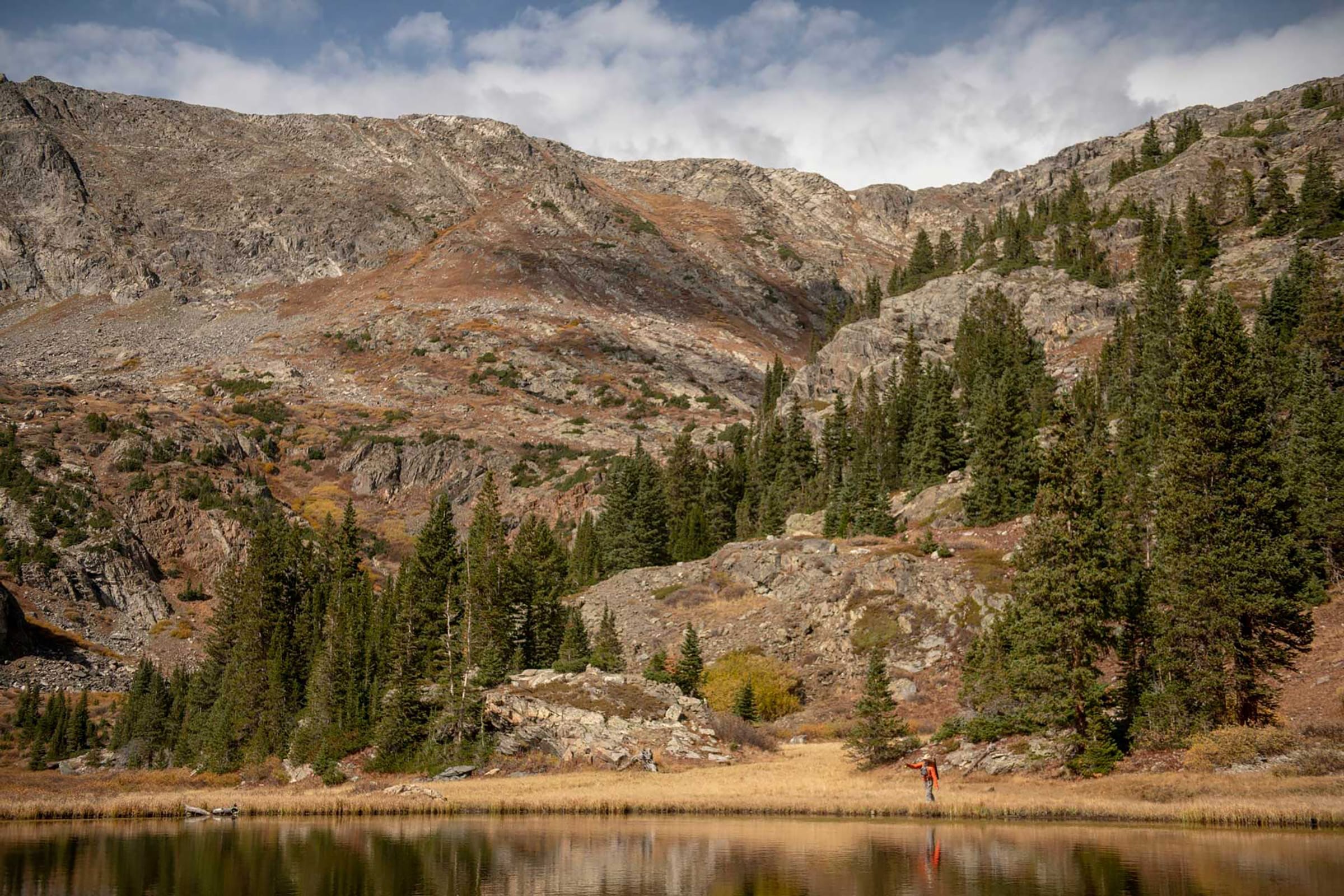
A healthy stream thanks to roadless area forest treatments
Caples Creek Roadless Area provides a good example of the benefits of fuels treatment projects in Roadless Areas.
Defending America’s Sporting Lands
The 2001 Roadless Area Conservation Rule prohibits new road construction on 58.5 million acres of multiple-use public lands managed by the U.S. Forest Service across 39 states. These unroaded portions of our National Forests provide some of the best fish and wildlife habitat and hunting and angling opportunities for Americans of all walks of life.
On August 29, 2025, the U.S. Department of Agriculture (USDA) published a notice of intent to rescind the Roadless Rule and will announce a proposed decision in the spring of 2026. The current proposal to repeal the rule excludes the states of Idaho and Colorado, both of which established their own collaborative Roadless Rules in 2008 and 2012, respectively, and a number of roadless areas which have since been permanently protected as Wilderness through legislation. The remaining 45 million acres in 37 states stand to lose protection.
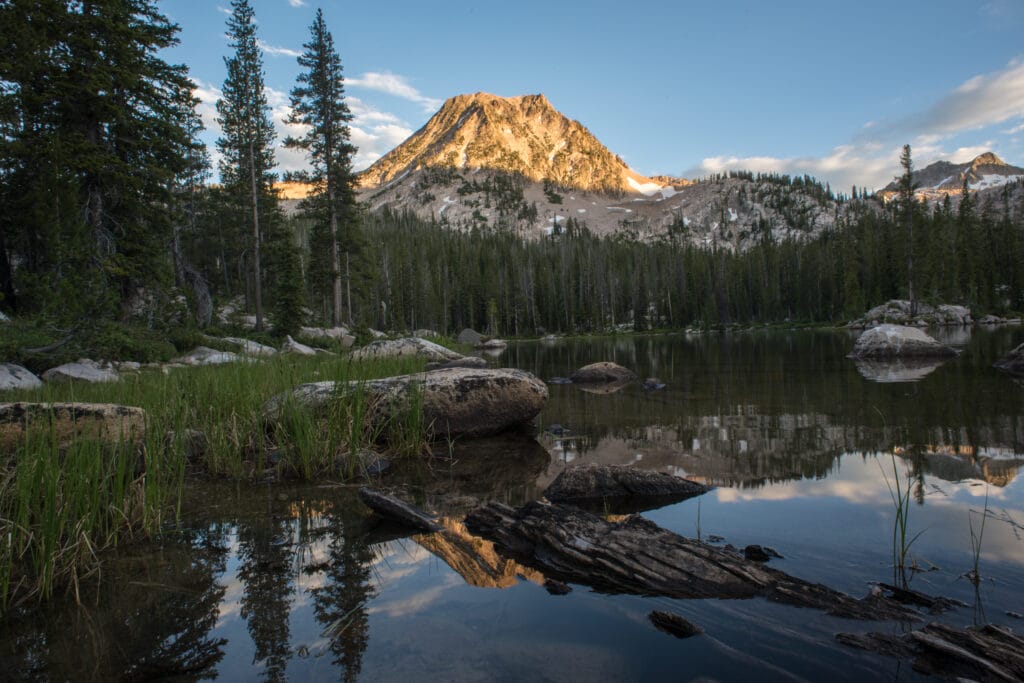
78% of human-caused fires on National Forests nationwide start within ½ mile of a road. 3
During the development of the 2001 Roadless Rule, 1.6 million public comments were submitted, 95% of which supported roadless protections.
Nearly 70% of public land within these undeveloped landscapes provides vital habitat for species like cutthroat trout in the Rockies, brook trout in Appalachia, and salmon and steelhead in the Pacific Northwest. These pristine headwaters and stream networks serve as crucial spawning and rearing grounds—supporting Alaska’s most robust salmon runs and feeding many of the West’s iconic Blue Ribbon trout fisheries. In the Midwest and East, roadless areas safeguard critical habitat as well, with 64% in Michigan and 90% in New Hampshire supporting native trout populations.
Numerous studies have demonstrated that roads negatively impact trout and salmon populations by causing water quality degradation from increased sediment and pollutants, as well as altered stream channels, fragmented habitat, and fish barriers. Keeping the Roadless Rule in place means preserving the natural conditions trout, salmon and steelhead need to thrive.
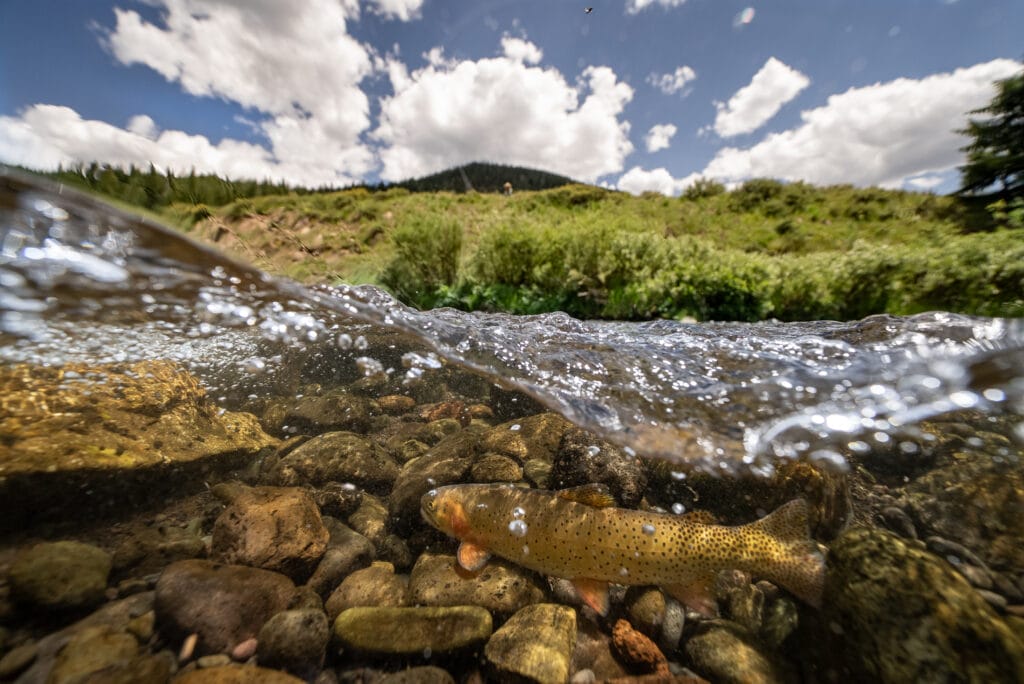
Roadless areas provide some of the best hunting opportunities in the world and sustain big game species including deer, elk and bighorn sheep with unfragmented habitat corridors.
Listen to Chris Wood, TU President and CEO, on the Wired to Hunt podcast.
Roadless areas are typically open to habitat improvement projects, hazardous fuels reduction, hunting, fishing, OHV riding, firewood cutting, grazing, and camping. Even energy projects, transmission lines, and mining development are allowed within roadless areas.
Trout Unlimited and its partners have carried out hundreds of habitat improvement projects in roadless areas, demonstrating how conservation, industry, and access can coexist. These restoration projects reduce wildfire and flood risk and enhance recreational value, while creating thousands of high-quality rural jobs.
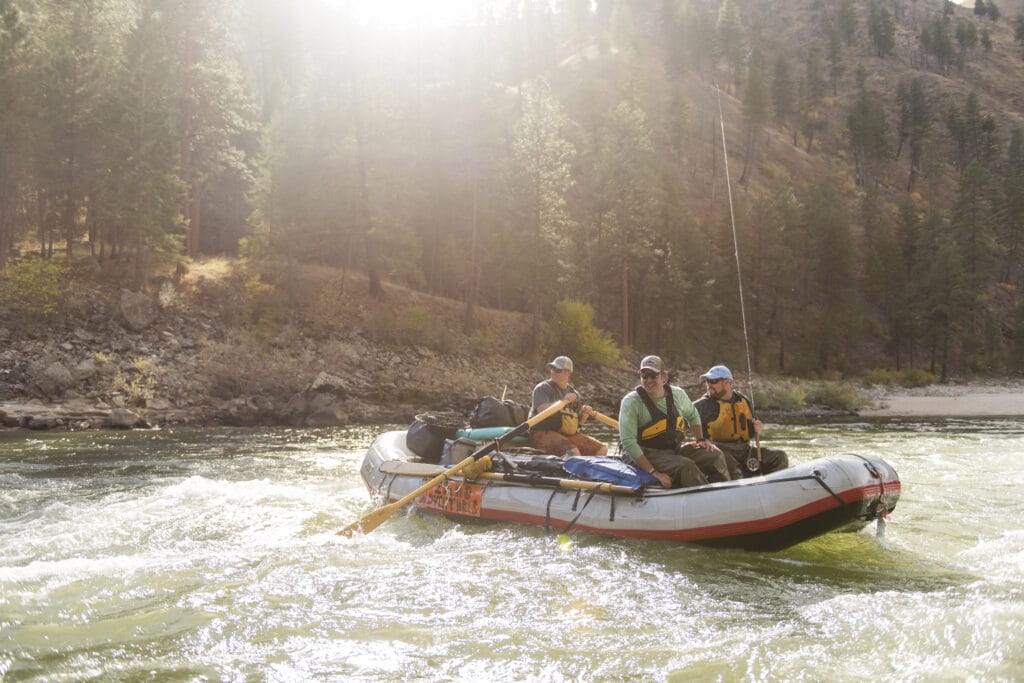
The 2001 Roadless Rule allows for forest management activities, including timber harvest, to reduce the risk of uncharacteristic wildfire, as well as to restore habitat for sensitive fish and wildlife species.

In fact, nearly 2 million acres of Inventoried Roadless Areas have had hazardous fuels treatments to reduce fire risk. 7 This includes 14% of all National Forest lands with hazardous fuels treatments across twelve western states, including 20% in Montana, 32% in Wyoming and 38% in Utah.

If the Roadless Rule is rescinded, road construction in roadless areas could lead to more human-caused wildfire. 78% of human-caused wildfires on National Forests start within ½ mile of a road. 8 Simply put, roads are where the wildfires are.
Learn more – Roadless Areas by the Numbers
The original Roadless Rule, established by the Forest Service after years of formulation and more public comment than any other rulemaking up to that point, has received broad support. The process to develop the 2001 rule included 430 public meetings with 23,000 people. 1.6 million public comments were submitted, 95% of which supported roadless protections.
Now, the U.S. Department of Agriculture is rescinding the 2001 Roadless Rule, despite widespread support. It’s up to us to speak up and defend the places we hunt, fish and recreate
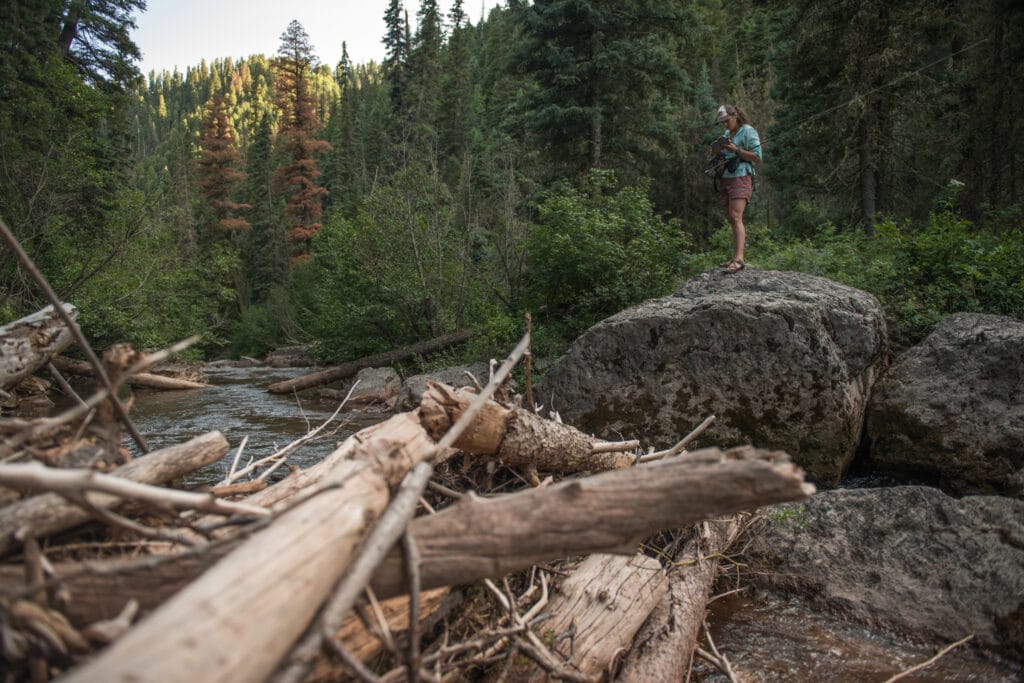

Caples Creek Roadless Area provides a good example of the benefits of fuels treatment projects in Roadless Areas.

And you can do something about it

